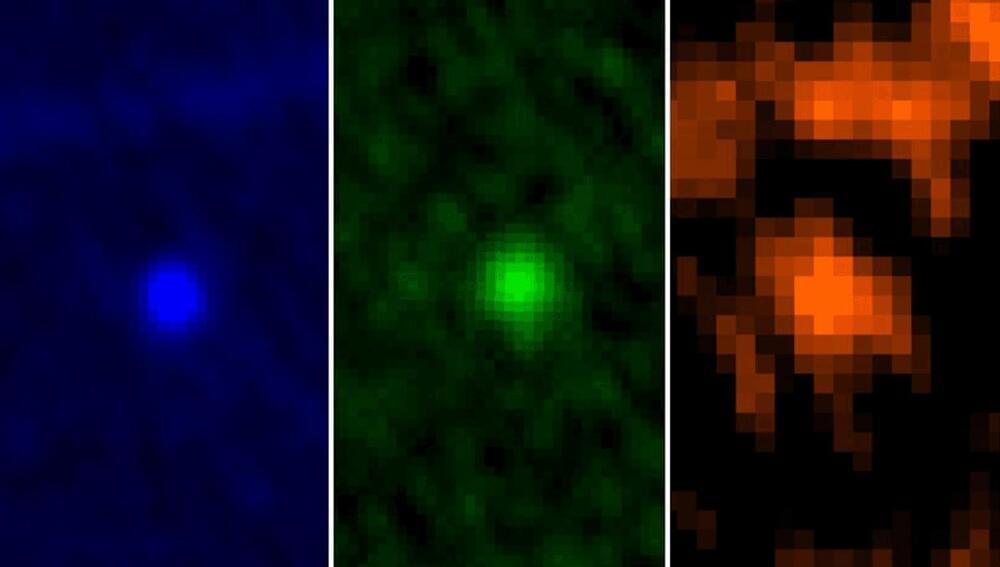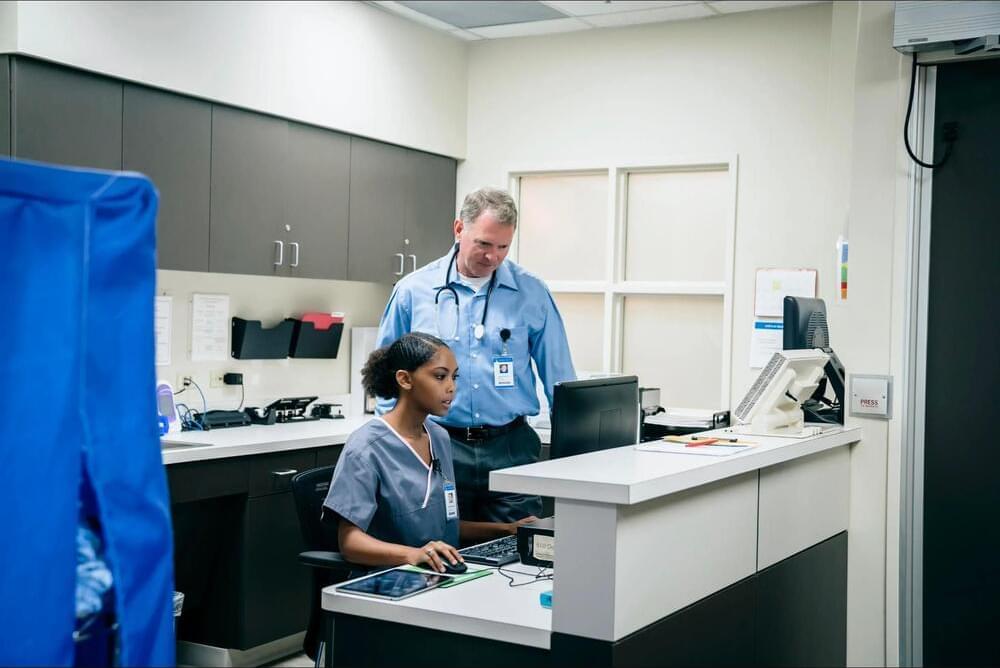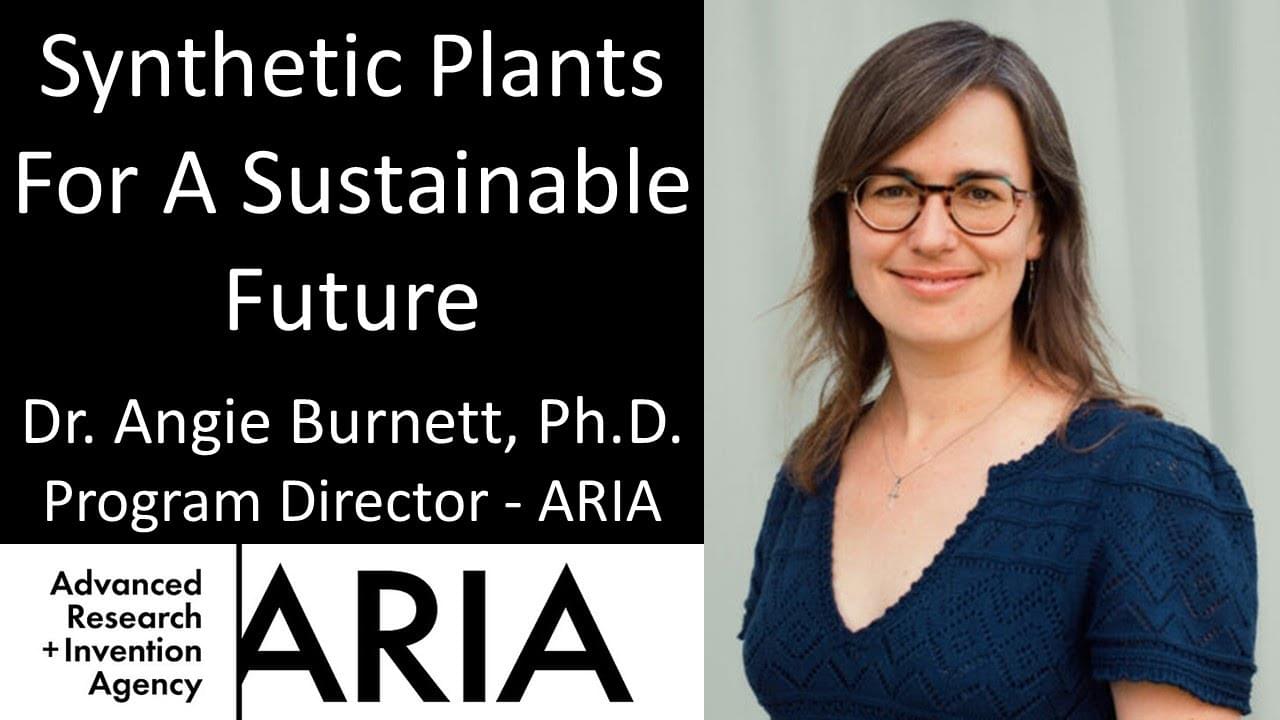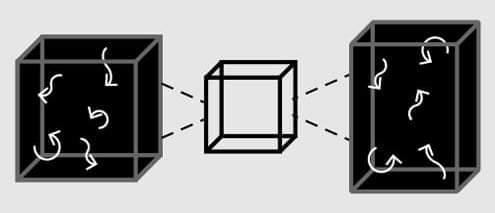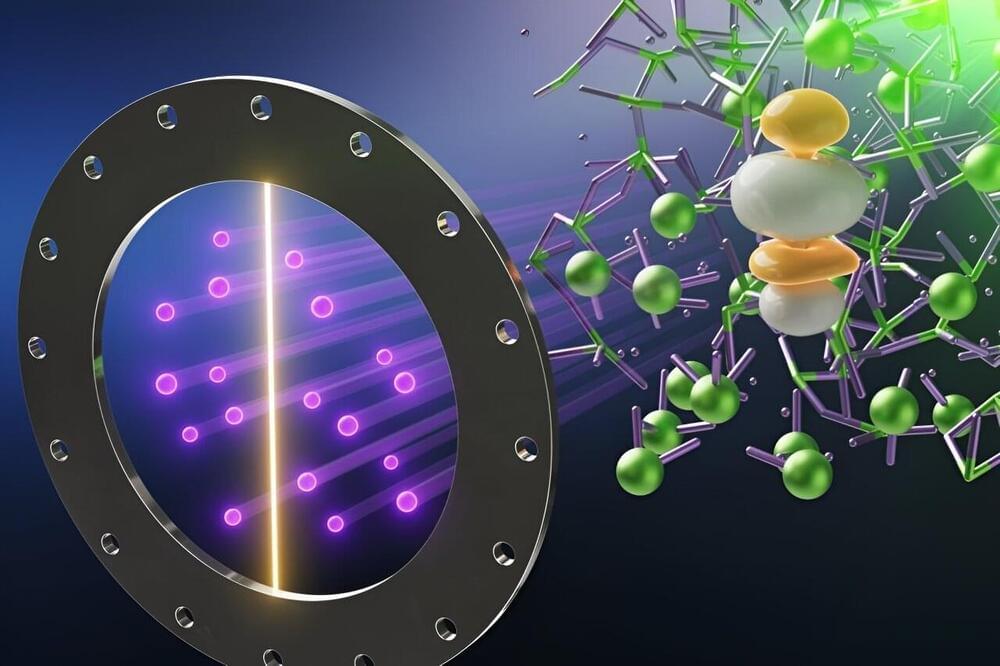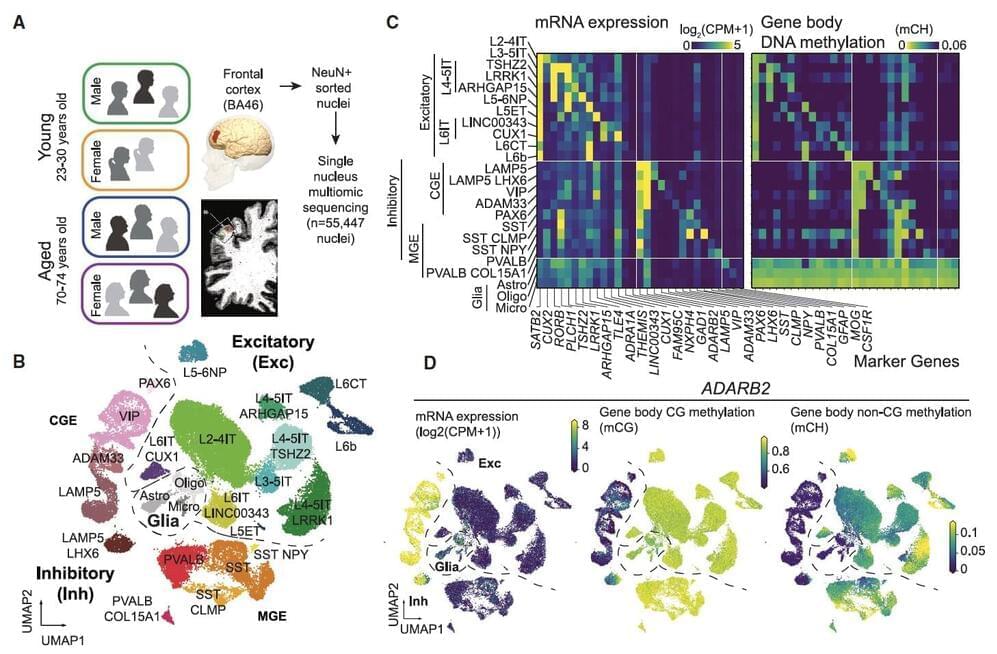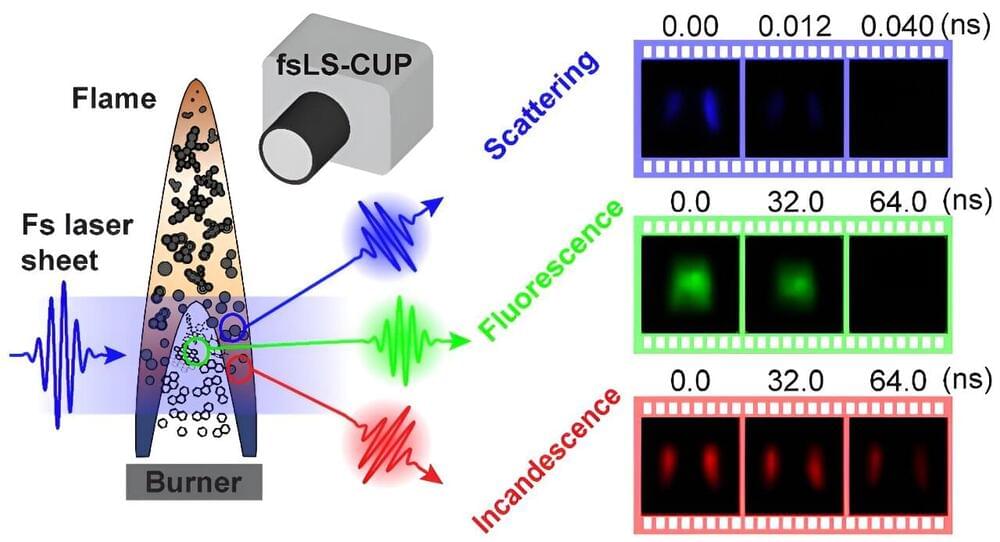Wave energy convertors can work round the clock as reliable source of renewable energy, if a cost-effective method can be arrived at.
A new study looking at the potentially hazardous asteroid 99,942 Apophis has suggested that the odds of an impact in 2029 or 2036 is ever so slightly higher than we thought.
When Apophis was first discovered in 2004, observations briefly placed it at level 4 on the Torino impact hazard scale, with a score of 0 meaning the likelihood of impact is zero or thereabouts, and 10 meaning “a collision is certain, capable of causing global climatic catastrophe that may threaten the future of civilization as we know it, whether impacting land or ocean.”
While level 4 might sound low, it is the highest level of any object that has been discovered since NASA first started monitoring potentially hazardous Near-Earth Objects (NEOs).
Hospital IT: The Unsung Heroes
Posted in biotech/medical, health, security
IT is the backbone of modern healthcare, from patient records and medication management to diagnostic equipment, networking and communication systems. These healthcare IT professionals play a pivotal role in ensuring the accuracy, security, reliability and accessibility of health data. Hospital IT professionals also ensure that the technological backbones of these hospital systems operate correctly.
They ensure that doctors have real-time access to patient information, nurses can track medication schedules accurately and communication between departments is fluid and efficient. Without this critical support, the efficiency and safety of patient care is severely compromised. Simply put, the work of hospital IT teams is vital to the smooth operation of hospitals.
It is fair and appropriate to say that hospital IT teams are unsung heroes. The nature of working in IT is to keep everything running smoothly at all times. These dedicated, talented and hardworking IT experts are often ignored unless the infrastructure is not working or has failed. Nobody notices when hospital IT systems are operating properly; the IT teams only get noticed when things go wrong, and typically receive negative attention.
Synthetic Plants For A Sustainable Future — Dr. Angie Burnett, Ph.D. — Program Director, Advanced Research + Invention Agency (ARIA)
Dr. Angie Burnett, Ph.D. is Program Director at the Advanced Research and Invention Agency (ARIA — https://www.aria.org.uk/), a UK organization created by an Act of Parliament, and sponsored by the Department for Science, Innovation, and Technology, to fund projects across a full spectrum of R\&D disciplines, approaches, and institutions, per the ARIA mission statement to “Look beyond what exists today to the breakthroughs we’ll need tomorrow”
Prior to this role, Dr. Burnett was a Research Associate in the Department of Plant Sciences, and a former David MacKay Research Associate at Darwin College and Cambridge Zero where her work focused on understanding the response of maize plants to high light and cold temperature stresses, and the genetic basis for stress tolerance, so that breeders can produce plants which are better able to withstand environmental stress.
A clever use of machine learning guides researchers to a missing term that’s needed to accurately describe the dynamics of a complex fluid system.
Physical theories and machine-learning (ML) models are both judged on their ability to predict results in unseen scenarios. However, the bar for the former is much higher. To become accepted knowledge, a theory must conform to known physical laws and—crucially—be interpretable. An interpretable theory is capable of explaining why phenomena occur rather than simply predicting their form. Having such an interpretation can inform the scope of a new theory, allowing it to be applied in new contexts, while also connecting it to and incorporating prior knowledge. To date, researchers have largely struggled to get ML models (or any automated optimization process) to produce new theories that meet these standards. Jonathan Colen and Vincenzo Vitelli of the University of Chicago and their colleagues now show success at harnessing ML not as a stand-in for a researcher but rather as a guide to aid building a model of a complex system [1].
The observation of quantum modifications to a well-known chemical law could lead to performance improvements for quantum information storage.
The Arrhenius law says that the rate of a chemical reaction should decrease steadily as you increase the energy barrier between initial and final states. Now researchers have found a system that obeys a quantum version of the Arrhenius law, where the rate does not drop smoothly but instead decreases in a staircase pattern [1]. The system is a type of quantum bit (qubit) that is particularly robust against environmental disturbances. The researchers demonstrated that they can take advantage of this quantum effect to improve the qubit’s performance.
Technologies such as quantum computers and quantum cryptography use qubits to store information, and one of the continuing challenges is that uncontrolled environmental effects can change the state of a qubit. The most common solutions require large amounts of hardware, but an alternative method is to use qubits that are more error resistant, such as so-called cat qubits. The information in these qubits is stored in robust combinations of quantum states that resemble the states in Schrödinger’s famous feline thought experiment (see Synopsis: Quantum-ness Put on the Scale).
In a paper published in the Journal of the American Chemical Society, researchers have documented for the first time the unique chemistry dynamics and structure of high-temperature liquid uranium trichloride (UCl3) salt, a potential nuclear fuel source for next-generation reactors.
Aging is known to have profound effects on the human brain, prompting changes in the composition of cells and the expression of genes, while also altering aspects of the interaction between genes and environmental factors. While past neuroscience studies have pinpointed many of the molecular changes associated with aging, the age-related genetic factors influencing specific neuron populations remains poorly understood.
Recent studies on flies, mice, primates and human brain tissue utilizing single-cell or single-nucleus RNA-sequencing and genetic experimental techniques shed new light on these cell-type-specific changes. For instance, they unveiled the effects of aging on glial cells in the mouse and human brain, associations between cell-specific changes and modified chromatin proteins, and the influence of DNA methylation in the aging of various tissues.
Researchers at University of California (UC) San Diego and Salk Institute recently carried out a study aimed at better understanding how both age and sex impact human cortical neurons at a single-cell level. Their findings, published in Neuron, offer new insights into how aging affects cell composition, gene expression and DNA methylation across human brain cell types, while also uncovering differences between gene expression and DNA methylation in females and males.
Candle flames and airplane engines produce tiny soot particles from polycyclic aromatic hydrocarbons (PAHs) as their precursors, both of which are harmful to humans and the environment. These carbon-based particles are also common in space, making up 10–12% of interstellar matter, and are becoming valuable for use in electronic devices and sustainable energy. However, the fingerprint signals of soot and PAHs have very short lifespans in flames—lasting only a few billionths to millionths of a second. This brief existence requires very fast cameras to capture their behavior in both space and time.


